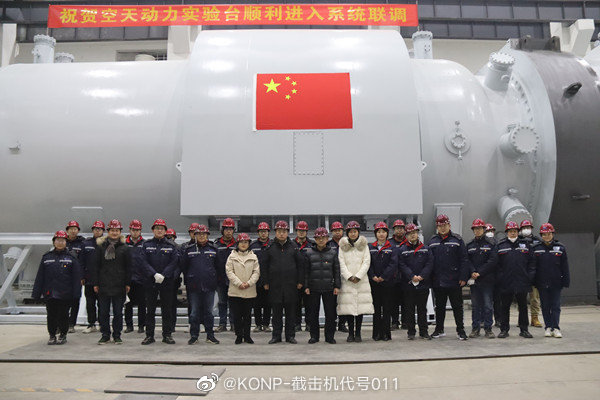antiterror13
Brigadier
How about the manufacturing part? Is China good at it? Things like tight tolerances, friction reduction, etc.
I don't think there is any major issues for those
How about the manufacturing part? Is China good at it? Things like tight tolerances, friction reduction, etc.
Initial versions of the WS-10 lacked thrust to be used on the J-20. They were fine for the Flankers. Both aircraft have roughly the same weight of the airframe but for whatever reason China wanted more engine performance. From comments made by the Russians I think China wanted import the Al-41F1 for J-20 but the Russians denied it. The engine the Russians provided has similar thrust levels anyway. But it uses older technology.
I think the Russians want to keep the latest generation to themselves so they have something to export. i.e. they will sell whole systems with latest generation hardware but not isolated components.
One thing that I like to see some clarification on for WS-10 variants. Is the WS-10A only used on J-11/J-16 and the WS-10B only used on J-10? I’ve heard conflicting information on this matter, since I had always assumed the A goes on Flankers while the B goes on J-10 and the C goes on J-20, but I’ve also seen reports of WS-10B on the J-16.
My impression was WS-10B has completely replaced WS-10A in all application. People have been saying WS-10A was only used briefly on J-11. Subsequent J-11 and J-16 were all WS-10B. However, it is just hearsay.
Looks like a pressure chamber, so probably an engine test bench meant to simulate different altitude and flight conditions.The banner reads "祝贺空天动力试验台顺利进入系统联调", which roughly translates into "Celebrating the smooth transition into systematic calibration/debugging phase of a aero-engine test bench". I wonder if this might have something to do with this, although the model doesn't quite exactly match this.

They may have to stick with the AL-41F1 even longer than planned if the slow testing pace of the izd.30 is anything to go by. With the Su-57 nacelle size being largely the same as a Flanker, they can’t afford to go much different in size than the AL-31 family like the AL-41F1. Maybe the silver lining is that when the izd.30 is finally finished, whenever that it can be used in Flankers too.And I think now the Russian regretting of not selling AL-41F to China
